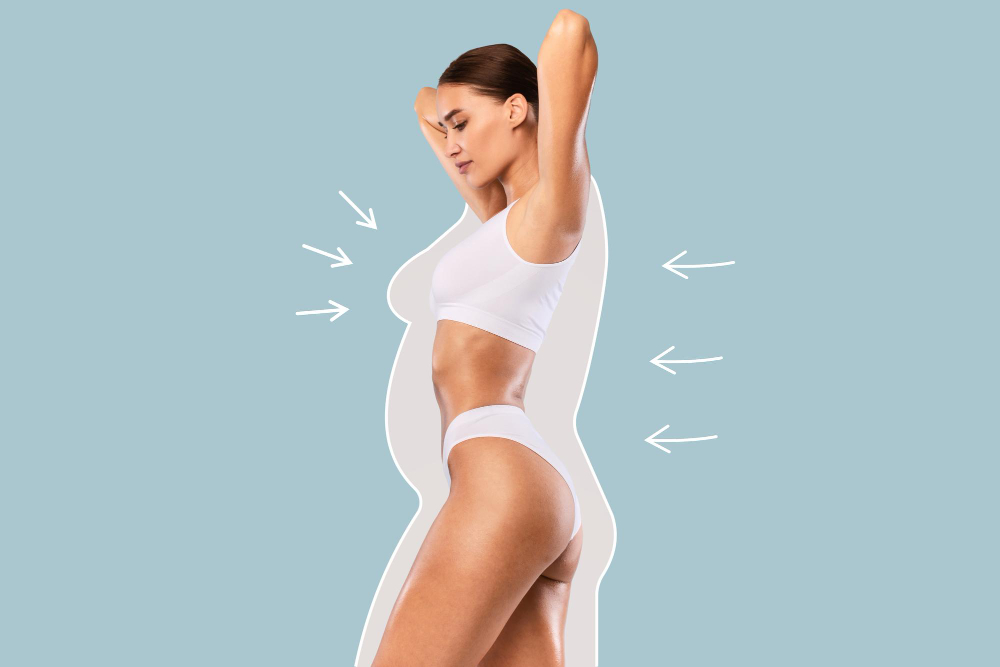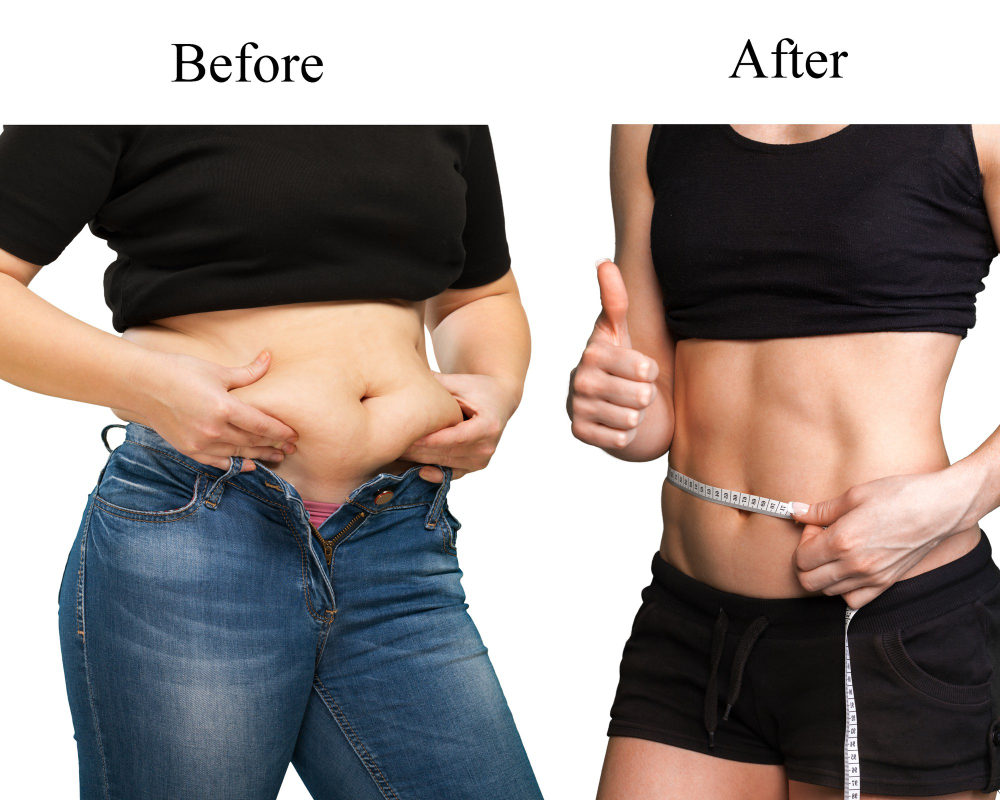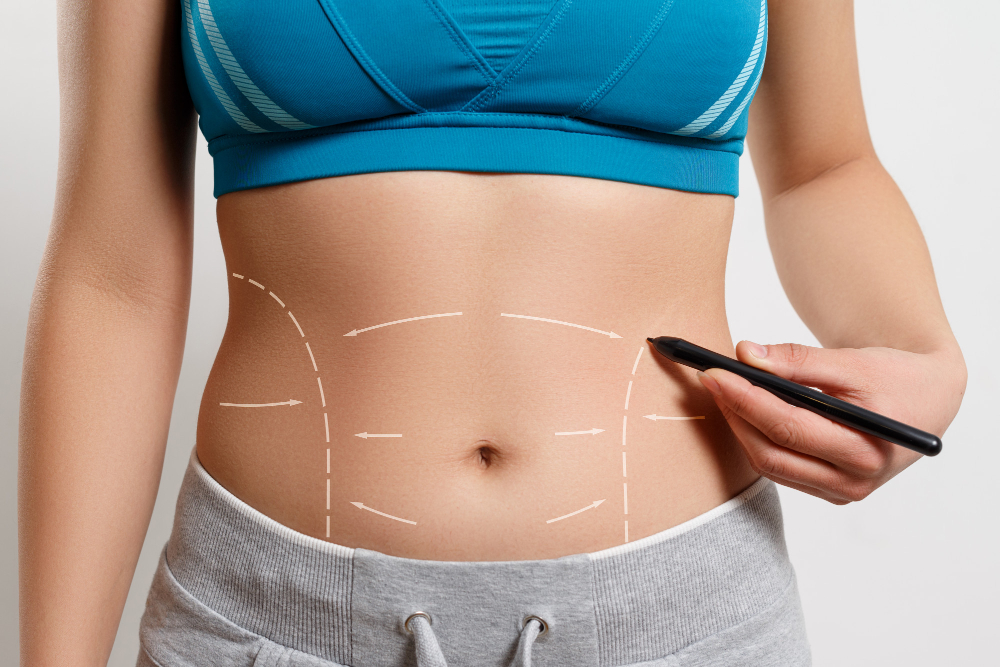Panniculectomy Surgery: Procedure | Candidate | Recovery

A panniculectomy is an operation that eliminates the pannus, which refers to the surplus skin and tissue situated in the lower abdomen. This surgical procedure is typically performed on individuals who have experienced significant weight loss, enabling them to get rid of their sagging skin.

Common reasons to undergo panniculectomy surgery
There are several factors that can contribute to a person having excess skin and fat in their lower abdomen. The main culprits include:
- Age
- Hereditary
- Pregnancy
- Prior surgery
- Massive weight loss
Why do Panniculectomy Surgery?
If you have undergone bariatric surgery or used other extreme weight loss methods, you might require a panniculectomy procedure to eliminate surplus skin. This surplus skin can droop over various areas of your body such as your back, thighs, genitals, and even reach as far as your knees, causing difficulties in everyday tasks like walking, standing, and sitting.
In order to prevent severe health issues, such as infections of the skin, back problems caused by weight and posture issues, rashes from chafing, ulcers, and abscesses, it might be necessary for you to undergo panniculectomy surgery.

You qualify for a Panniculectomy if:
- You do not have uncontrolled heart disease, lung disease, or diabetes.
- Being a nonsmoker means that one does not smoke because smoking has negative effects on blood circulation and the ability of wounds to heal.
- Your overall health is good, but you have excess skin that is causing obstacles in your everyday tasks.
- For the past 6 months, your weight has remained constant.
- If you experience medical symptoms such as excess abdominal skin folds or ongoing rashes or infections beneath the hanging layer of skin, seek medical attention.
Who is a good candidate?
People who have lost a considerable amount of weight through exercise or surgery may experience an issue where they have extra skin and loose tissue around their abdomen. This excessive skin can result in skin rashes, irritation, and an unpleasant smell due to increased moisture.
If you meet the following criteria, you may be considered an excellent candidate for panniculectomy.
- Health problems such as back pain, skin rashes, or ulcers can be attributed to the presence of too much fat in the abdominal area.
- you don’t smoke
- you are in good health
- your weight has remained consistent for a minimum of six months to one year
- The individual has reasonable expectations regarding the outcomes of the surgery.
- you are maintaining a healthy diet
- you are physically active
How to Prepare
prior to undergoing skin removal surgery, it is important to make an appointment with the surgeon. This appointment serves as an opportunity for you to inquire about various aspects of the surgery such as the potential risks involved and the expected outcomes. Furthermore, you can also ask about the surgeon’s medical background, including their level of expertise and training specifically in panniculectomy surgery.
It is advisable for you to make arrangements for someone to accompany you back home after the procedure. It may be preferable to have someone stay with you during the initial night as you regain your strength.
What are the stages involved in a panniculectomy surgery?
The steps involved in the panniculectomy procedure are as follows:
Anesthesia
During the surgical procedure, medications will be given to ensure your comfort. Your options for this include intravenous sedation or general anesthesia. Your doctor will advise and select the most suitable option for you.
The incision
A panniculectomy involves making a horizontal incision between the pubic hairline and belly button. The size and shape of the incision will depend on the amount of extra skin. Sometimes, a vertical incision in the middle is necessary for individuals with excess skin and tissue. Typically, an incision is also made around the belly button, although in some cases it may need to be removed. The upper abdominal skin is then pulled down, excess skin is removed, and the remaining skin is stitched together. The belly button is repositioned and sewn into its new position.
Closing the incisions
Your surgeon will make a horizontal incision in your lower abdomen, above the pubic area, based on the amount of loose skin. In certain cases, a vertical cut may be required for individuals with excess skin in the horizontal direction.
Once the cut has been made, the surgeon will eliminate the extra skin and fat and then sew the skin back together to close the incision. To facilitate drainage of any accumulated blood or fluids, the surgeon might also insert small tubes known as drains. Finally, a dressing will be applied over the abdomen to cover the area where the wound is located.

Panniculectomy recovery
A panniculectomy is usually performed as an outpatient surgery, but in some cases, you may need to stay overnight for monitoring and recovery if the surgery is extensive. During your pre-consultation, your surgeon will recommend that you have someone assist you with transportation after the surgery and help you during the initial days after the procedure. It is important to avoid heavy lifting or any physically demanding activities for a few weeks after the surgery to ensure proper healing.
Patients who undergo panniculectomy may experience pain and discomfort due to swelling and bruising at the incision sites. Some stitches may be removed within a week, while deeper sutures will dissolve naturally. It will take several months to fully recover, and you will need to schedule follow-up appointments with your doctor to ensure long-lasting results.
Most patients are satisfied with the outcomes and typically shed 5-10 pounds after the operation. Certain individuals may also observe enhancements in their physical activity levels and personal cleanliness.
Panniculectomy vs. Tummy Tuck
Many people get confused between a panniculectomy and abdominoplasty, and it’s understandable as they both involve the same area of the body. However, the main difference lies in their goals. A tummy tuck aims to tighten the muscles and eliminate extra fat, skin, and tissue, whereas a panniculectomy is specifically done to remove a pannus.
The pannus refers to a sizable piece of skin that stretches over the stomach, genitals, and thighs after experiencing considerable weight loss or childbirth-related complications. A panniculectomy is a surgical procedure that specifically deals with the problem of loose, drooping skin and the surplus fat in the area of the pannus. It also improves movement difficulties experienced by individuals with this condition and prevents the unpleasant friction and irritation that can result in infection.

Prognosis
During a panniculectomy, excess skin and fat from the lower abdomen are surgically removed. This procedure is typically performed following significant weight loss, often due to gastric bypass surgery or lifestyle modifications.
If the surplus skin is resulting in frequent irritation or infection, your healthcare provider may deem you suitable for the surgery. However, it is not advisable solely for aesthetic purposes.
A panniculectomy can be done as either an outpatient or inpatient surgery, typically lasting anywhere from three to five hours. It may take around three months for the wounds to fully heal.
Treatment in Türkiye:
The medical staff of surgical teams, doctors and consultants in Rehab Türk can provide the best treatment options and free consultations – by striving to keep abreast of the latest medical technologies and methods.
